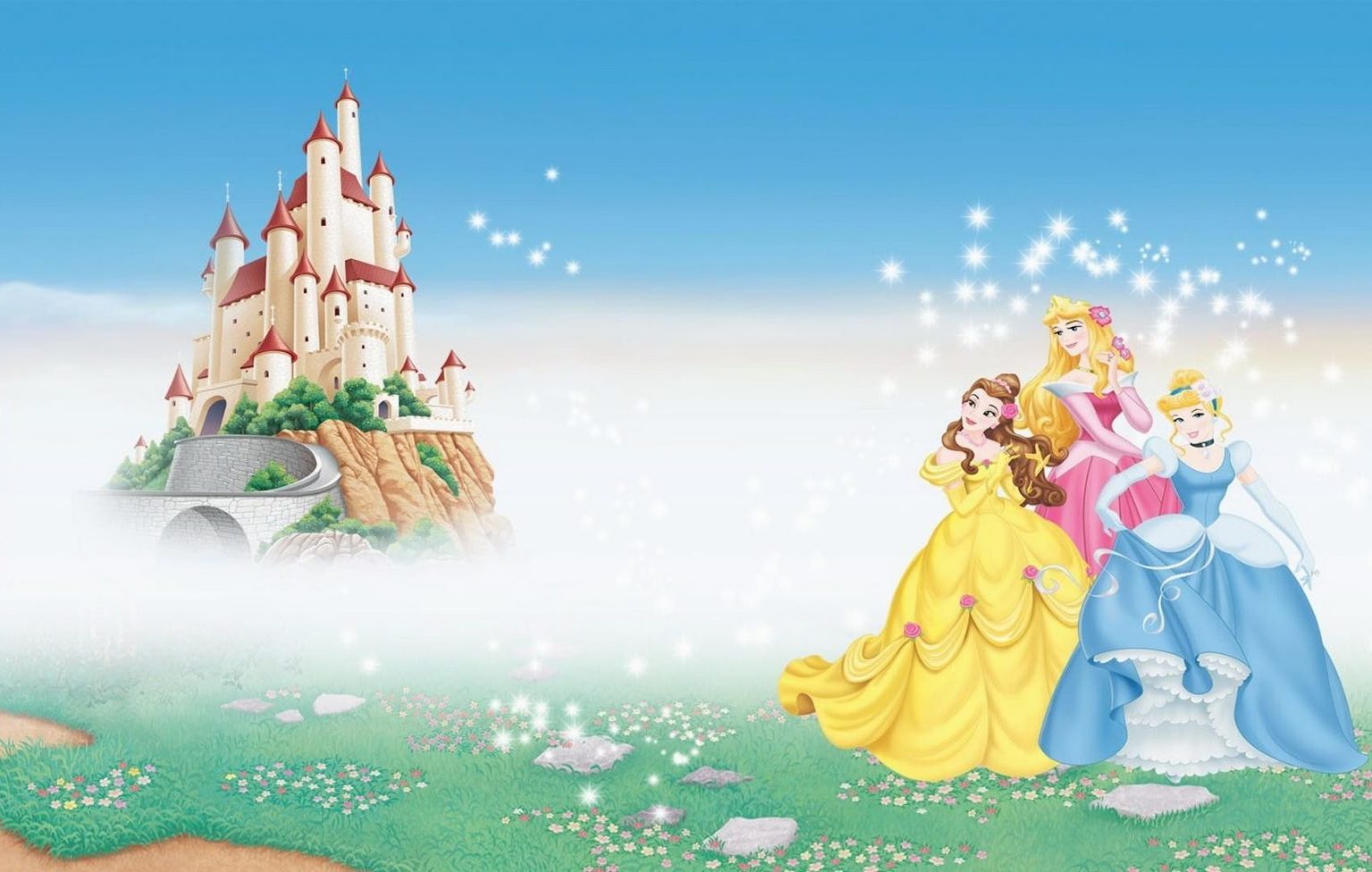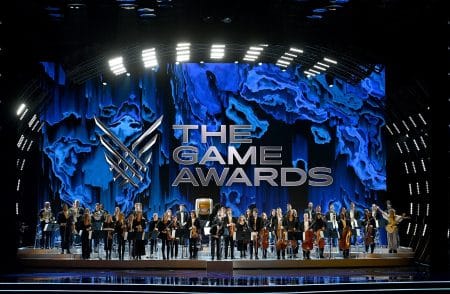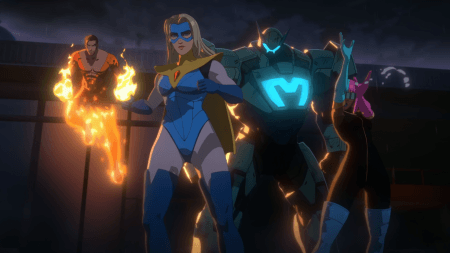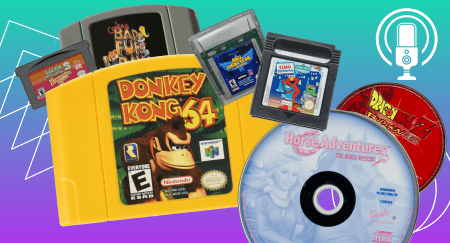Ah, Childhood Games
A lot of video game culture assumes certain shared gaming experiences as a fundamental part of any gamer’s identity. But for lots of folks, this simply isn’t the case. There are entire genres or subgenres missing from this perceived collective history of games, particularly in childhood games marketed towards young girls. In this article, Genesis, Theo, and I want to look back on some of the games designed for and primarily — but not exclusively — played by young girls, because this is a shared experience we have that others might not know about.
(Plus who doesn’t love looking back on childhood games?)
We don’t so much want to attack these games as we do want to discuss them. Something more ‘feminine’ isn’t inherently bad just like something more ‘masculine’ isn’t inherently bad. But the idea that a person can only enjoy one or the other to an extreme is incredibly limiting to an individual, and herein lies the problem. If a game has some fun mechanics, we should acknowledge that. But at the same time, we should also discuss anything that wasn’t fun, or even things that are potentially problematic.
Genesis’s Childhood Games
The Little Mermaid: Ariel’s Majestic Journey (V.Smile, 2004)

Summary
You go on an adventure as Ariel and try to successfully marry Prince Eric, then save King Triton from Ursula. There are a couple of mini-games in between your overall goals, like looking for instruments or Ariel’s human items.
What we liked
I look back fondly on the V.Smile, so this game does make me really nostalgic for the educational console. All of the objectives feature both an easier and harder difficulty, and I found that really helpful as a kid. The overall story was entertaining to me growing up, even if it’s basically just the movie in video game form.
What we didn’t
The game is only about forty minutes long, which got annoying fast. The goal of the game is to get married, and looking back on that it seems like more could’ve gone into the story.
Hannah Montana (Nintendo DS, 2006)

Summary
You play as either Miley Stewart or her best friend, Lilly Truscott. A stranger is threatening to reveal Hannah Montana’s identity and it’s up to you to find out who knows Miley’s secret and ensure they don’t reveal it.
What we liked
I loved this game as a kid. I remember there being so much to do, and I played the game constantly because the story was just so good. As the mystery began to unravel, I put in more and more time into the game. The story was really entertaining and long enough that I could play it for a long time without it getting repetitive. I remember having a lot of fun with the mini-games, especially one where you had to move obstacles out of the way while skateboarding.
What we didn’t
I remember being really frustrated with the controls a lot, as the game tries to use the touchscreen and stylus often. I really enjoyed the game as a Hannah Montana fanatic, but it looks like no one else loved the story or gameplay mechanics.
Hello Kitty Party (Nintendo DS, 2009)
Summary
You basically are preparing the Sanrio world for a party. You give out invitations, cook food, make dresses, and play up to 25 mini-games while preparing the party.
What we liked
This game is definitely cute aesthetics-wise. It’s a Sanrio game, so there are lots of bright colors and cute characters. The game is really fun the first couple times around, some of the mini-games were really fun for me (like this Little Twin Stars mini-game that was pretty similar to Candy Crush at the end of the game), and it was really rewarding after completing all of them.
What we didn’t
It gets repetitive fast. 25 can seem like a big number, but there is not a lot of variety within each mini-game. Looking back on it too, the game sort of heavily uses gender roles in it. You sew dresses or cook or even just iron clothes and that’s hella problematic. This definitely felt like a game marketed towards girls, but the main thing available to them within it was enforced gender roles. Femininity and activities associated with it are perfectly fine, and some of the game was really fun, but it’s disappointing to look back and realize some of the game was as problematic as it is.
Sailor Moon: Another Story (SNES, 1995)
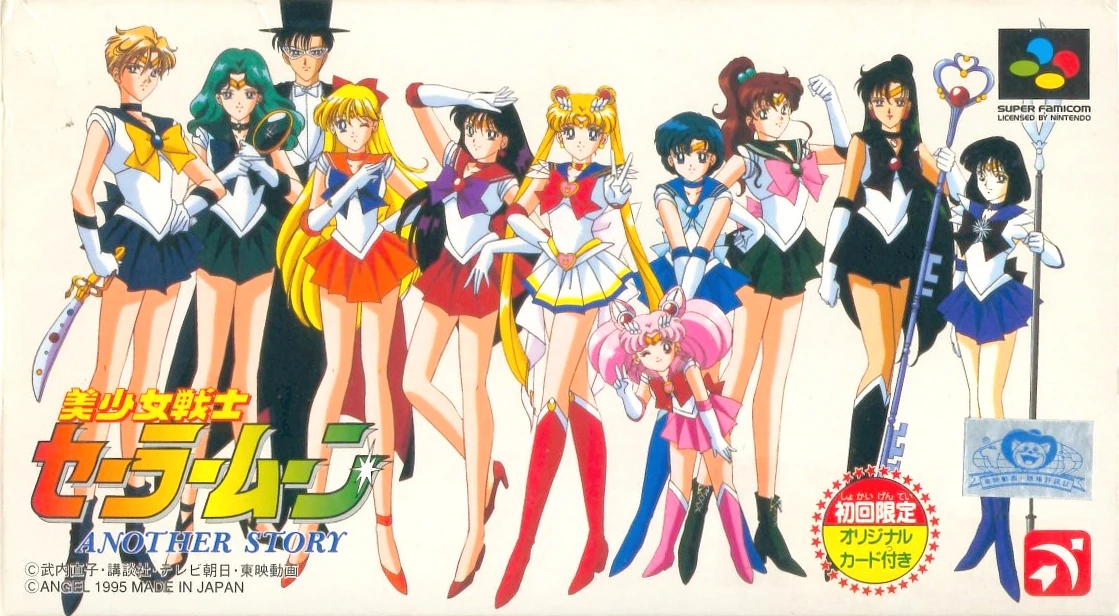
Summary
After a sorceress named Apsu arrives in Sailor Moon’s time period from the 30th century, she creates “Opposito Soldiers,” characters meant to be the opposite of the Sailor Guardians. The Opposito Soldiers change the past in order to ensure Apsu gets the Silver Crystal, and it’s up to the Sailor Guardians to fix the past and ensure the Silver Crystal doesn’t end up in the wrong hands.
Thoughts on it
The Sailor Moon anime and manga were pretty progressive for the time in which they were released. They featured a love story between two feminine characters (even if it was censored in the English-dubbed anime), and the gender of Sailor Uranus is often regarded as not-quite-cisgender. Like the anime, the game is well-loved and considered difficult, but worth it. If I knew Japanese, I’d love to try the game as a Sailor Moon fan myself. The Sailor Moon series itself creates a good balance between femininity, masculinity, and everything in between, and I hope the game does so as well.
Anna’s Childhood Games
Disney Princess Fashion Boutique (PC, 1999)

Summary
You collect hidden stickers and dress accoutrements from Cinderella, Snow White, and/or Aurora’s magic worlds (I guess?) so you can use them to make your own story book or dress.
What we liked
The recommended age for this game is 3 to 5 I believe, so it’s a little hard to judge now. Finding unlockables is something I remember fondly because you would get encouragement from your chosen Disney princess. And who doesn’t want to find magical hidden stuff in a secret forest? Also, in the character creation segment the body and hair options are better than most female options in current games. I gotta be honest, that’s a big pet peeve of mine.
What we didn’t
I didn’t like that the main objective was just to design a dress and that not all the dress part were available to me at the start. Even as a child I remember feeling that this was kind of counterintuitive (especially considering the load times from back then). Also, despite the title, there was no actual boutique? You just went from castle to castle and you never bought anything.
Barbie as Princess Bride (PC, 2000)

Summary
Once upon a time, on the other side of the world’s biggest rainbow, there lived a Prince and a Princess. Growing up in neighboring kingdoms, the two were inseparable. And as they grew, so did their love for each other. Until they both knew that they would someday marry. Then one day, Prince Ken had to go away on a long journey. But he promised to return and ask Princess Barbie to be his bride. The years pass happily, but still she longed for the day when the Prince would return. So begins the story of the Princess Bride.
–From the spoken introduction to the game
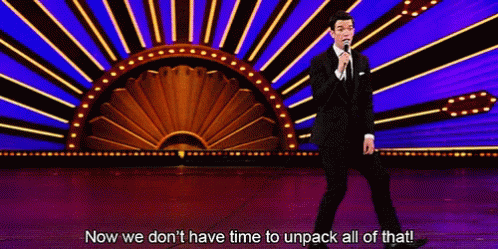
What we liked
I guess decorating the cake was pretty fun. I like how they drew the blackberries — I remember them vividly. Also, this game had some sappy love songs that were not bad for a Barbie CD-ROM game.
What we didn’t
I have a lot of problems with this title, from the premise to the activities. First, I hate when weddings in media are the one, single best day of people’s lives when the romance of the two people in love haven’t been developed enough. If a wedding is the celebration of two people and their love, how can we expect to care about it when the narrative as written features neither? This is bad writing, and there’s no reason we should give children bad writing. They’re worth telling good stories to, and there’s a marked difference between a simple story and a bad one.
Further, this game has kids reenact the worst parts about planning a wedding, like filling out invitations alongside a character whose ‘story begins’ when she’s getting married. It’s pretty demeaning to have a character whose entire purpose is to be a princess bride. Not a great message to send to children, especially young girls. What about the ‘years that passed happily’ without Ken? Does Princess Barbie have any sort of life or characterization without Prince Ken? It’s seeing too many things like this that can minimize women’s lives and even internalize that minimization from a young age.
I’m not saying there is anything inherently wrong with marriage, weddings, or the desire for either. I am saying that poorly portraying these things can not only lead to a bad story, but also highlight some really problematic ideas, and in this case expose kids to some potentially degrading thoughts about themselves and others. This game is not evil — it’s just a big drop in the wrong bucket, and the bucket’s already pretty full to be honest.
Barbie of Swan Lake (2003, PC)

Summary
This was a movie tie-in game in which a unicorn accidentally releases all the magic from the land and the player, alongside Barbie as Odette of Swan Lake, has to return the magic by collecting ingredients with which to craft magic wands, and by completing activities.
What we liked
Barbie of Swan Lake was my jam! The movie, the game, the doll — you name it. In the game, you got to collect ingredients for potions that made different magic wands so you could return the magic to the fairy kingdom (or something?). The mini-games/activities were actually pretty fun and the different wands you unlocked had different effects on the world. The animation is pretty horrible in a technical sense now that I look at it, but I really loved it as a small child, and part of me still does.
What we didn’t
I will say that writing this article has made me realize that the majority of the CD-ROM based games from Barbie, Disney, and the like focus a lot of the gameplay on decoration and/or chores such as looking for lost items, cleaning, or repairing things. Swan Lake’s predecessor, Barbie as Rapunzel, has the player magically clean a castle so you can un-statue the Prince and attend a masquerade ball (not to save him from being petrified in stone for the rest of his life — to go to a ball and fix up the castle). Swan Lake hides it pretty well in that it lets you play with magic in a cool, foresty lake area instead of a castle. But at the end of the day, all the magic really does is let you redecorate. If you wanted to, I’m sure you could connect this pattern to the pervasive idea of the domestic-public dichotomy, sometimes referred to as the oikos and the polis. This is the idea that the home or the private sphere belongs to women and the public sphere or outside world belong to men, which pops up at different times throughout Western civilization. (See Aristotle’s Politics and Alexis de Tocqueville’s Democracy in America for some primary source documents on the subject).
Super Princess Peach (Nintendo DS, 2006)
Summary
In an attempt to possess the treasure of Vibe Island, the Vibe Scepter, Bowser kidnaps Mario and Luigi while Peach is out on a walk. She decides she must go and rescue them with the help of a magic umbrella named Perry and her own weaponized emotions.
What we liked
Honestly? Most of my memories of this game are of a fun, cute, easy platformer, not unlike a Kirby game or The Legendary Starfy. Who doesn’t love Peach as a playable character? And the whole role-reversal of Peach going to save Mario and Luigi isn’t unwelcome by any means, even if Peach isn’t allowed to go without a sentient parasol to help her. I’m not a unilateral supporter of the old role-reversal tactic, but I think in this case it works. Someone kidnaps someone, someone rescues who’s been kidnapped — easy peasy. It works with the preexisting themes of the franchise. The aesthetic is adorable and I really love all the sprite animations. The mechanics even feel pretty fun to use, though I’ll talk more about their presentation next.
What we didn’t
Not to overstate the obvious, but making a female main character’s unique abilities tied to her emotions does play into some nasty stereotypes about women. It’s not wrong to experience emotions or think of yourself as an emotional person. But there is a persistent stereotype of women being perceived as overly emotional by default — to the point that they can be seen as lesser or even judgmentally impaired as a result. Kinda feels like this game capitalizes on this idea with nearly its entire gameplay hinging on Peach’s exaggerated emotions. Also, why does Percy the parasol get more backstory than Peach in this game?
And again, you’ll have to excuse the potentially obvious when I bring up the infamous Vibe Scepter. I will say that it’s not the real world object this item alludes to that is the problem here. There’s nothing wrong with a good old fashioned Vibe Scepter. Rather, it’s the reference to it in a game with such a young audience that seems extremely out of place, especially when it’s used as a tongue-in-cheek way to casually sexualize the female protagonist of an otherwise completely sex neutral franchise. I genuinely don’t know what to make of its inclusion. Why, Nintendo? Just… why? This kind of reference should not be in a game intended largely for children, shouldn’t unnecessarily tie women to sex, and shouldn’t tie Vibe Scepter use exclusively to women. I would like to gently assert that this may have something to do with a tendency I notice in Japanese media to sexualize women and teens in a way that really yucks me out to the max, but this in itself could be the subject of an article of its own.
Theo’s Childhood Games
Barbie Horse Adventures: Mystery Ride (PC, 2003)
Summary
One of Barbie’s friends’ horses went missing! Go solve puzzles and follow clues to find it! Fun gaming fact: This game has a higher Metacritic score than Fire Emblem Warriors.
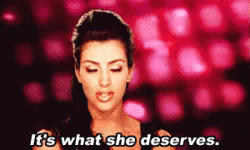
What we like
This was one of very few games I had as a little kid that had a story and wasn’t strictly or mostly fetch quests! Groundbreaking!
Also, I got to use a slingshot to throw rocks at stuff, something that I was (and probably am) very much not allowed to do in real life. I also don’t remember there being a single male character in this game.
What we didn’t
It’s your pretty standard Barbie and horses game, with some franchise-typical dress up sprinkled over the top. It’s not bringing anything super exciting to the table, but it’s a fine game in my opinion.
A better game than Fire Emblem Warriors, even.
I know I mentioned it in the ‘stuff we like’ section, but there aren’t male characters in this game. “Horse games” for boys and girls are pretty strictly separated, and gender roles tend to come down hard in both. Horse games for girls focus a lot on the bond between woman and animal, focusing on relationships and nurturing. Whereas horse games for boys tend to view horses as more of a means to an end — they’re really more ‘cowboy games’ than ‘horse games’. They’re action games rather than adventure games. Red Dead Redemption 2 is a horse game and that is the official stance of this website.
Saddle Up with Pippa Funnell (PC, 2005)
Summary
You have inherited a horse farm. It’s very dilapidated. Fix it up!
What we like
This game was fun. It was towards the end of my ‘childhood games’ period (which I’m categorizing as ‘any game I wouldn’t pick up today’), and it worked really nicely as a shift towards games that required more than one sitting to play all the way through and weren’t just a bunch of little mini-games. The story was engaging, the controls were simple enough, and, for the most part, each new task built on previous skills in a way that made sense. Also? There were decisions with consequences in this game.
What we didn’t
Boy howdy is that ‘for the most part’ there for a reason. There were certain tasks that were borderline impossible at really weird points in the game that really bogged down the play experience and would result in it getting put down for months. On top of that, most of the computers I had access to at the time could not handle it, at least not for very long, and nothing puts a damper on a trail ride quite like it abruptly ending as the desktop in your living room shits itself.
(I kinda wanna see if we still have it and, if we do, if my current laptop can run it or if it’s now too old to run right.)
Disney Princess Royal Horse Show (PC, 2003)
Summary
This was, if I remember correctly, just a ‘dress up a pony and then play a little mini-game’ sort of game.
What we like
This was a fun little game. I loved it when I was in early elementary school, as I loved anything with princesses and/or ponies in it. I was a horse girl, don’t @ me.
What we didn’t
Didn’t really have a story? And as I recall there weren’t a ton of options? But like. It’s a Disney princess game about dressing up horses.
Barbie’s Princess and the Pauper (PC, 2004)
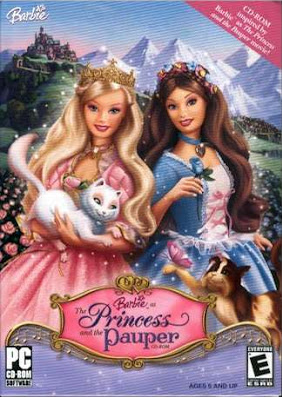
Summary
Perform a series of fetch quests in order to prove your worth as the future queen! Like Swan Lake, this one was also a movie tie-in game, but I never saw the movie because my parents found Barbie’s voice annoying.
What we like
Full disclosure: I kind of still love this game. I replayed it last summer on a day that the amusement park I worked at was closed because of a storm (everything there is metal and 50 years old and tall and uncovered, so like, even if people wanted to go in the rain…) and had an absolutely lovely time. It’s a short game with a cute little story and some characters I still liked as an adult. While these characters are pretty locked into their gender roles, the female protagonist (Erika) isn’t nearly as locked in, and her tasks throughout the game include assisting the (granted, male) blacksmith and woodcutter with their work at various points. Barbie has both a cross-cut saw and a big old hammer in this game, y’all.
What we didn’t
I’m gonna preface this with “I know this is a Barbie game for small children.” That being said, none of the tasks you’re given actually have anything to do with governing or being queen. You have to decorate the castle, find some cats, and do a variety of mini-games. These mini-games include tending a garden, designing banners, creating stained glass windows, and decorating cakes, all pretty stereotypically “women’s work,” as further pointed out through the fact that the characters facilitating all of these mini-games are women. The “men’s tasks” you assist with don’t get mini-games — rather, they get animations in the main environment the male character is already in. This “decorate the castle and have a party at the end” is, as Anna pointed out in her piece on Swan Lake, pretty well-trodden ground for Barbie PC games, and reinforces some very old ideas about gender, specifically about femininity and womanhood.
Thanks for reading about our childhood games! It kinda looks like they were more fun then than they are now, but there’s nothing wrong with that. Did you play any games like these as a kid? We’d love to hear about them! Or maybe check out some of our other articles while you’re here.
Read Theo’s article on f!Byleth’s design in Fire Emblem: Three Houses here.
Read Anna’s article on the animation in Cuphead here.
Anna is a student of architecture. When she’s not playing games, she can be found doing art of some kind, lazing about, or caring entirely too much about the characters in Dungeons & Dragons podcasts. Her favorite articles to write are pieces born of random inspiration like how cool animation is or just, you know, butts.


